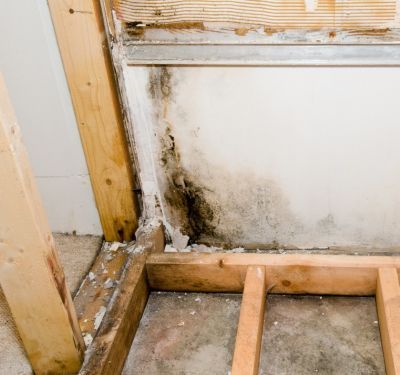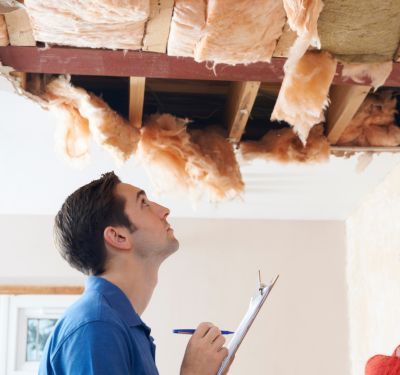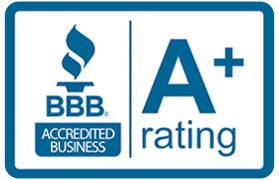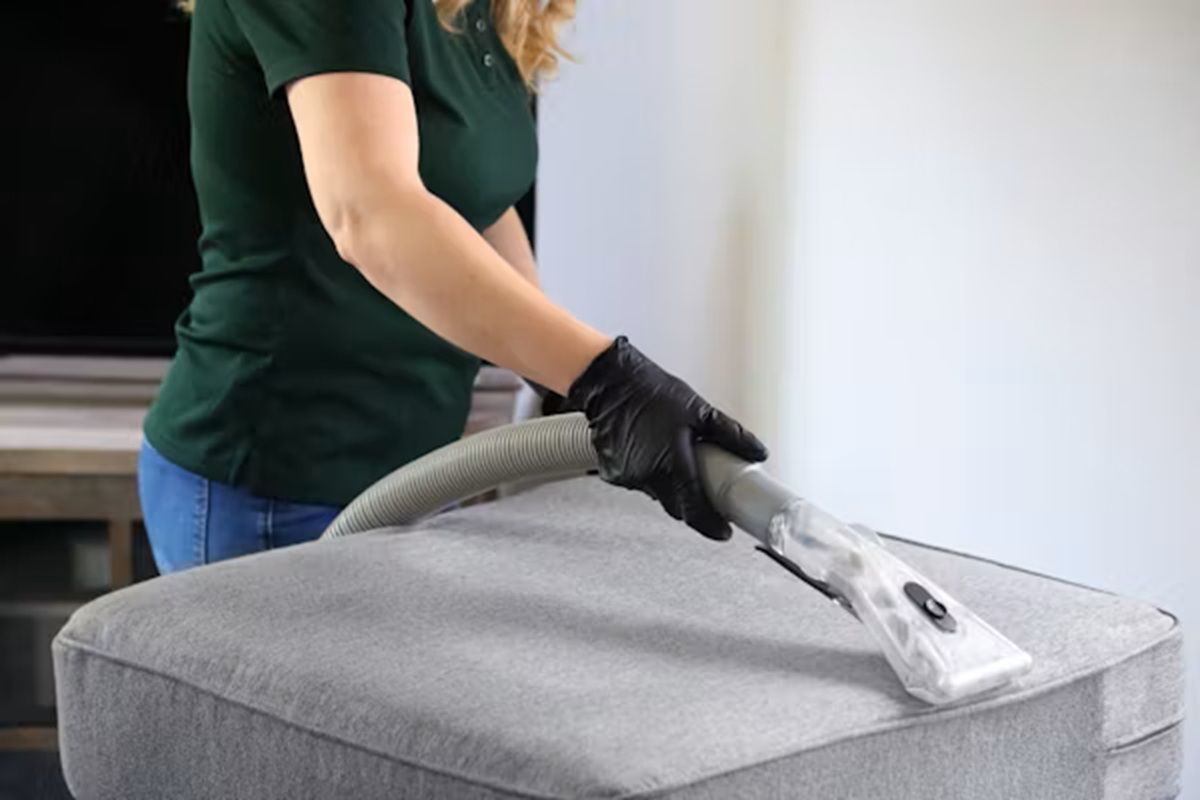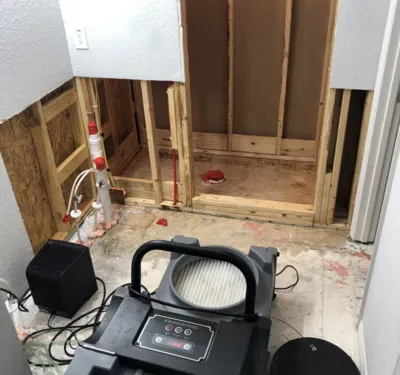Average Cost of Mold Removal in Tampa
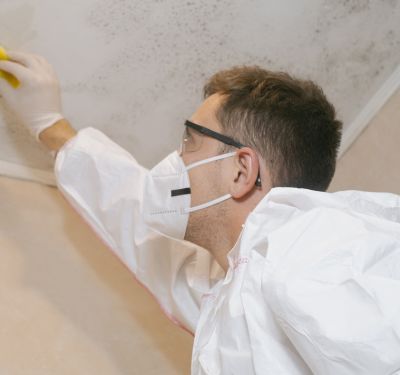
Florida’s humid climate makes Tampa a breeding ground for mold growth. Across the United States, more than 45 million buildings, including countless homes in Tampa, are affected by hazardous mold levels. This not only poses a serious health risk for residents, but the presence of mold can also significantly impact your property value.
This brings up the critical question: What is the average cost of mold removal in Tampa?
As with many home improvement projects, the answer isn’t a straightforward, one-size-fits-all number. The cost of mold remediation depends on a variety of factors, which we will delve into throughout this guide which will equip you with the knowledge needed to understand what influences mold removal costs in Tampa.
Understanding Mold
Mold is a kind of fungus that grows best in damp and humid settings. It reproduces through microscopic spores that can spread easily through the air. When these spores land on surfaces and encounter favorable conditions, they can begin to grow and form visible colonies.
Mold Types Found in Tampa Homes
Due to Tampa’s humid climate, several types of mold commonly affect homes in the area. Some of the most prevalent include:
- Aspergillus
- Stachybotrys (Black Mold)
- Cladosporium
- Alternaria
Being exposed to mold can trigger a range of health issues, particularly in people with allergies or immune system deficiencies. Common symptoms include allergic reactions, asthma exacerbation, respiratory problems, skin irritation, and fatigue.
Property Damage Caused by Mold
Mold can weaken building materials, resulting in potential structural issues. It can also affect personal belongings, causing discoloration, odor, and potential loss of value. The extent of the damage depends on its type, the size of the affected area, and the duration of the problem.
Factors Affecting Mold Removal Costs
Multiple key elements determine the overall expense of mold removal. Understanding these elements will help you anticipate potential expenses.
- Size of the Contaminated Area: A small mold spot in a bathroom will require much less expense to fix compared to extensive mold infestations throughout an entire attic. Mold removal companies often charge on a per-square-foot basis.
- Type and Extent of Mold Damage: Different types of mold vary in toxicity and difficulty of removal. The extent of the damage, whether it’s surface-level or has penetrated building materials, also impacts the complexity and expense of the remediation process.
- Mold’s Location: Removing mold from easily accessible spots, like walls or ceilings, can be cheaper than dealing with mold hidden inside walls.
- Necessary Repairs and Reconstruction: In many cases, mold removal requires additional repairs or reconstruction. If mold has damaged drywall, insulation, or structural elements, the cost of replacing and restoring these materials will be added to the overall project expense.
- Labor Costs: The labor involved in mold removal is a significant cost component. Factors such as the complexity of the project, the number of workers required, and the hourly rate of the professionals will influence labor costs.
- Additional Services: According to how severe the issue is, you might need additional services like dehumidification. These services may increase the overall cost.
Keep in mind that replacing damaged materials, such as drywall, insulation, or flooring, is often necessary after mold removal. These activities will add to the overall expenses.
Average Mold Removal Costs in Tampa
While the national average for mold remediation falls between $1,128 and $3,450, Tampa’s specific costs may vary due to factors like labor rates and the availability of qualified professionals. Let’s take a look at potential costs based on typical scenarios:
Scenario 1: Small Mold Patch (e.g., Bathroom Tile)
The estimated cost is $500 – $1,000. A small, isolated mold patch in an easily accessible area like a bathroom can often be resolved with a DIY approach using appropriate cleaning solutions and proper ventilation. However, hiring a professional for a complete assessment and safe removal is always recommended.
Scenario 2: Moderate Mold Growth (e.g., Kitchen Ceiling)
The estimated cost is $1,500 – $3,000. Moderate mold growth on a ceiling or wall section typically requires professional intervention. Costs in this range consider containment measures, professional cleaning, and mold testing to ensure complete removal.
Scenario 3: Extensive Mold Infestation (e.g., Attic Mold)
The estimated cost is $4,000 – $10,000. Widespread mold growth, especially in less accessible areas like attics, demands a comprehensive remediation process. This can involve extensive demolition, containment, multiple rounds of cleaning, and potential replacement of damaged building materials. Costs can significantly escalate depending on the severity and type of mold.
DIY vs. Professional Mold Removal
While DIY solutions might seem cost-effective for small, isolated mold patches, professional removal offers several advantages:
- Expertise: Specialists have the skills and experience needed to recognize the mold type, gauge the extent of the problem, and ensure its safe removal.
- Safety Measures: Mold remediation can be hazardous, and professionals take necessary precautions to protect your health and prevent further contamination.
- Containment: Professionals use containment techniques to ensure mold spores don’t spread further throughout your home.
- Peace of Mind: Hiring a professional ensures the mold is removed and won’t cause issues in the future.
While DIY methods might be marginally cheaper in some situations, the potential health risks and incompleteness of the removal can lead to a more costly situation in the long run.
How to Find Affordable Mold Removal Services
Navigating the world of mold removal contractors can be overwhelming, no doubt. Here are some tips to help you find affordable, yet reliable services.
Tips for Getting Accurate Quotes
Getting precise estimates is crucial for budgeting your mold removal project. Provide clear details about the extent of the mold problem when requesting quotes. Include photos if possible.
You can try to seek quotes from several providers to assess their costs and offers. Also, request detailed, itemized estimates that outline the specific costs involved in the project. Finally, ensure any agreement is in writing, stating the project’s scope, payment terms, and warranties.
Why Hiring a Certified Mold Remediation Company Matters
Finding the right professional is key. Here are some benefits of hiring a certified mold remediation firm. Certified mold remediation firms have the proper training and experience to tackle mold issues. Mold removal can be hazardous, and certified specialists adhere to health and safety guidelines to keep you safe. Many certified companies also have insurance coverage for any potential damages that might arise during remediation.
Insurance Coverage for Mold Damage
Understanding your insurance protection for mold damage is key. Here’s what to do:
- Review Your Policy: Review your homeowner’s insurance policy to see if it includes coverage for mold damage.
- Policy Limits: Understand the limits of your coverage, including deductibles and exclusions.
- Documentation: Keep detailed records of the mold damage and the remediation process for insurance claims.
Taking Action Against Mold
Prompt attention is necessary for dealing with mold infestation, as it is a serious issue. While the cost of mold removal can vary significantly based on factors like the extent of damage and the size of the affected area, it’s crucial to prioritize the health and well-being of your family.
Stop mold from taking control! Contact Tampa Restoration Pros today for more info!
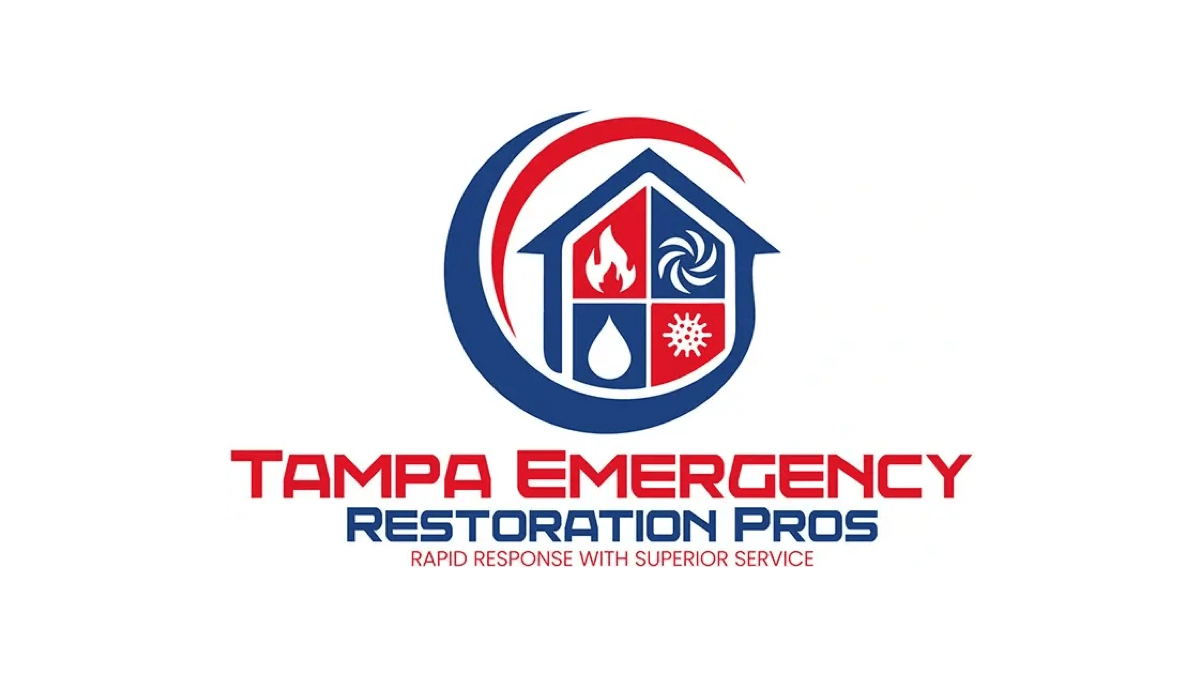
Other Blogs You May Be Interested In
Categories
